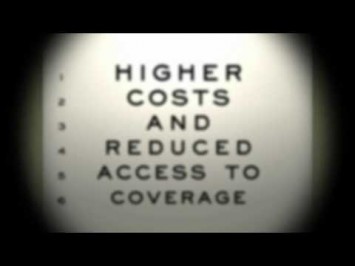Susan B. Anthony List’s Anti-Choice Machine
Susan B. Anthony List has committed to spending at least $1.5 million on behalf of arch-conservative Virginia gubernatorial candidate Ken Cuccinelli, continuing its pattern of support for extreme politicians. Although it is named for the nineteenth-century feminist pioneer, SBA List has little to do with championing the rights of women and everything to do with ending women’s access to abortion, mostly by supporting candidates who are fiercely opposed to reproductive health choices.
Using the 2013 Virginia election as a “proving ground” in advance of 2014’s midterm elections, SBA List is testing out electoral strategies that will further President Marjorie Dannenfelser’s vision of an anti-choice “political machine” as impossible to ignore as the National Rifle Association. An ad in April from the SBA List targeting Cuccinelli’s Democratic opponent, Terry McAuliffe, was the first paid advertising of the race. Beyond its efforts in Virginia, SBA List has pledged to focus its upcoming efforts on 12 key states, eight of which will host field offices pursuing electoral and legislative goals.
In addition to backing extreme candidates like Todd Akin, who infamously claimed that women are unlikely get pregnant from “legitimate rape” because their bodies have mysterious ways to “shut that whole thing down,” SBA List supports policies in line with its leaders’ radical perspectives on birth control and sex. Instead of endorsing preventive measures that could reduce the need for abortions, Dannenfelser has illogically argued that “contraception and family planning” are responsible for increasing the number of abortions. “The bottom line,” she has said, “is that to lose the connection between sex and having children leads to problems.”
Read more after the jump.



